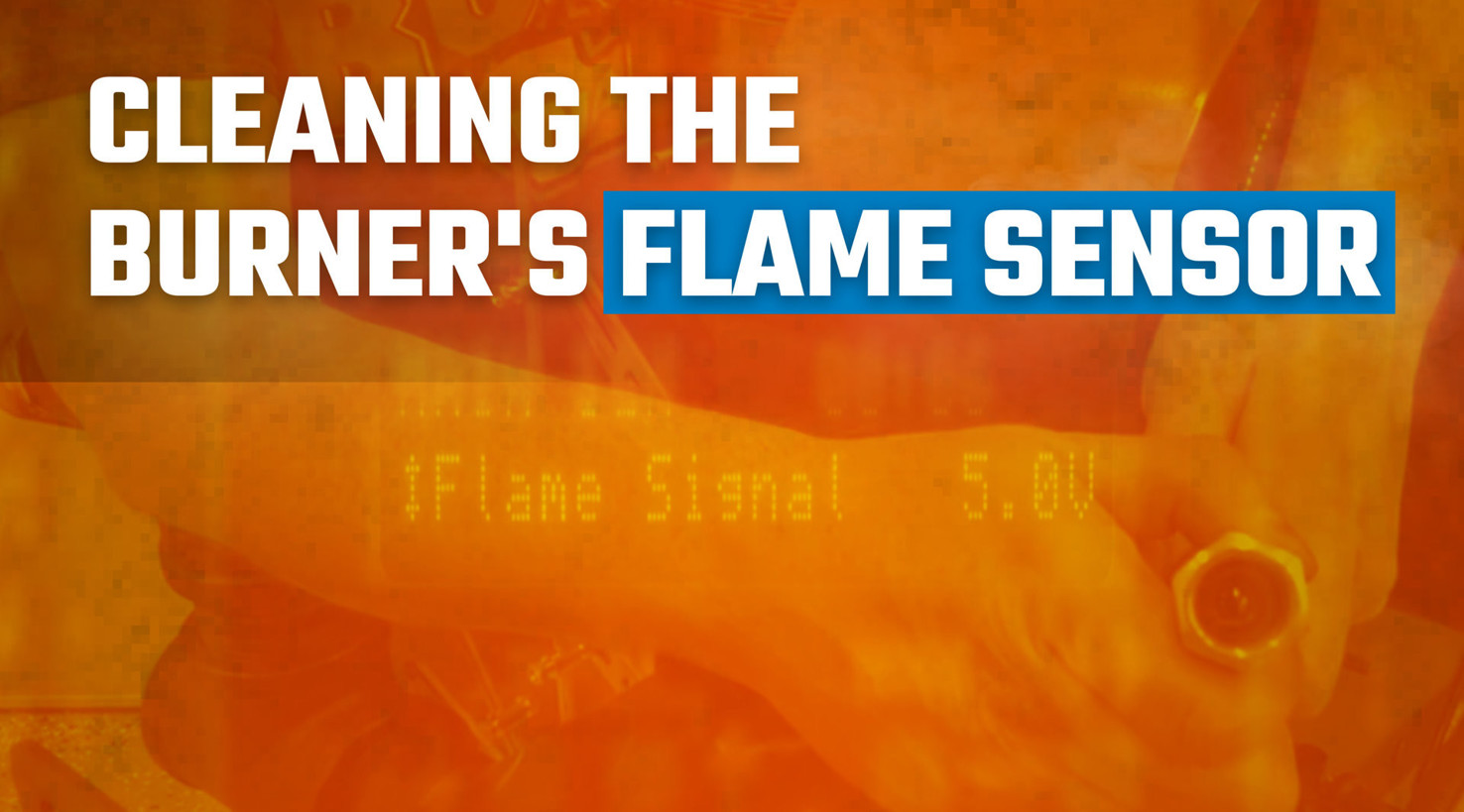Your flame scanner is a pretty critical piece of equipment. It’s responsible for telling your monitoring system whether or not a burner is firing. If a burner should flame out unexpectedly, without the fuel valves closing, unburned fuel would accumulate, and if ignited can cause severe damage to equipment and property.
Seeing The Light
There are several different types of flame scanners out there. Some work by converting light energy into electrical energy through a crystal. Some measure for specific wavelengths of light that are only present when combustion occurs. Some even use infrared heat detection to check for the presence of a flame. No matter how they work, though, they all share one thing in common: They need to have a clear line of sight to the burner. That means that they are inevitably exposed to the byproducts of combustion. As those byproducts collect on the lens of the flame scanner, they start to impede proper function. Left unchecked, they’ll eventually block the flame scanner’s lens entirely. That will leave your monitoring system with no way to confirm if a boiler is firing properly.
Check It Out
All flame scanners convert some form of light or heat into electricity. To make sure your flame scanner is operating properly, check the voltage of the flame scanner input on your monitoring system. If it’s within spec, your scanner is doing its job properly. If you notice a decrease in voltage over time, a flame scanner cleaning is due.
To clean the flame scanner, wait until the boiler is not in operation. Then, remove the scanner from its housing, and wipe the lens with a clean cloth. Reinstall the scanner properly, then confirm that its input voltage is back to normal. If the voltage still stays outside of spec, it’s time for a service call to get your flame scanner repaired or replaced.
If you’re having issues with your flame scanner, or any part of your boiler system, or if you’re ready for an upgrade, we’re here to help. Contact us today.
